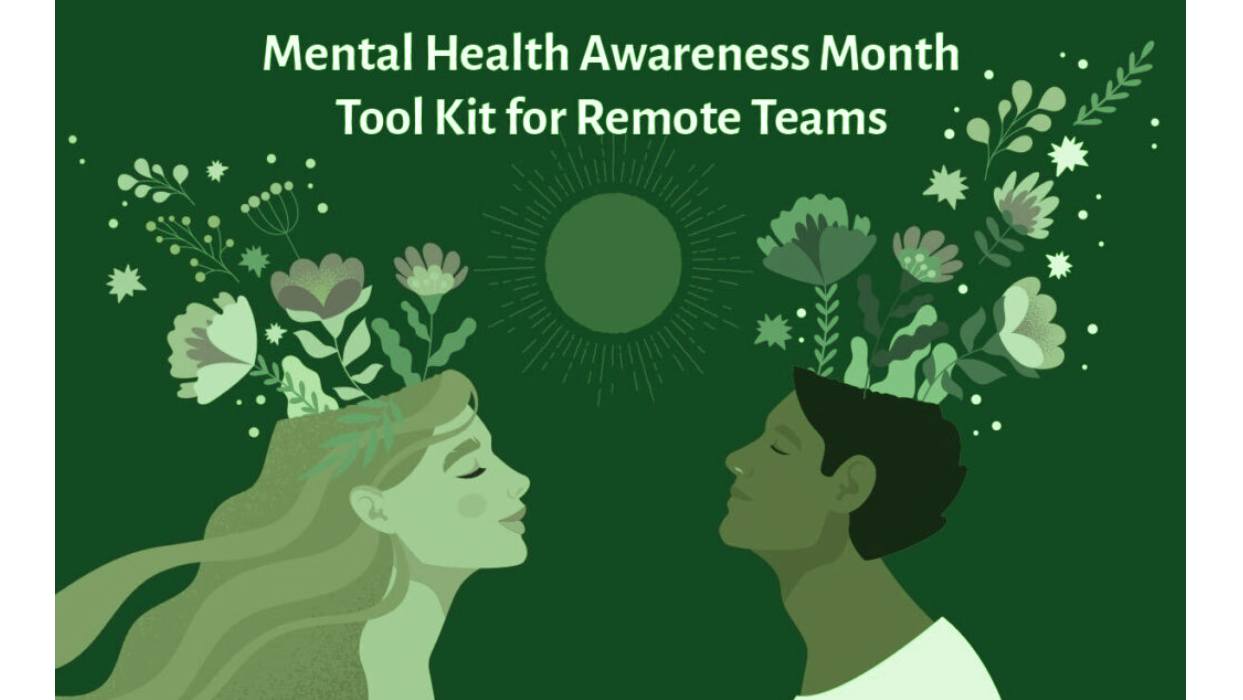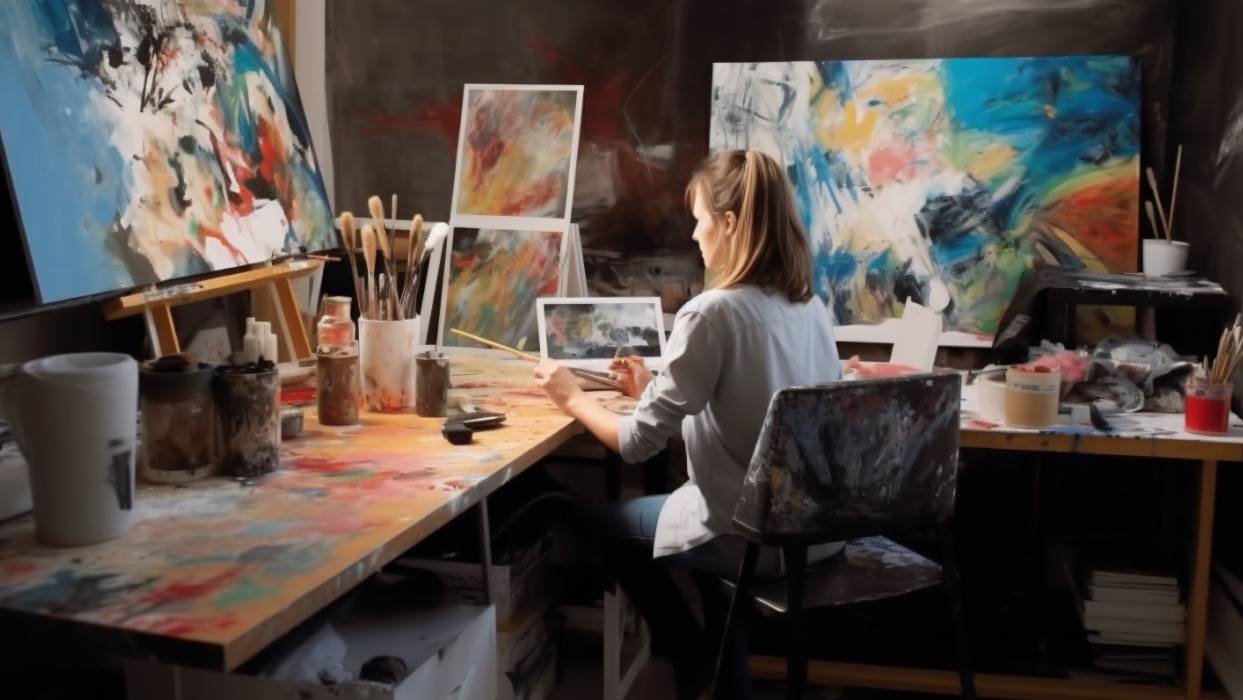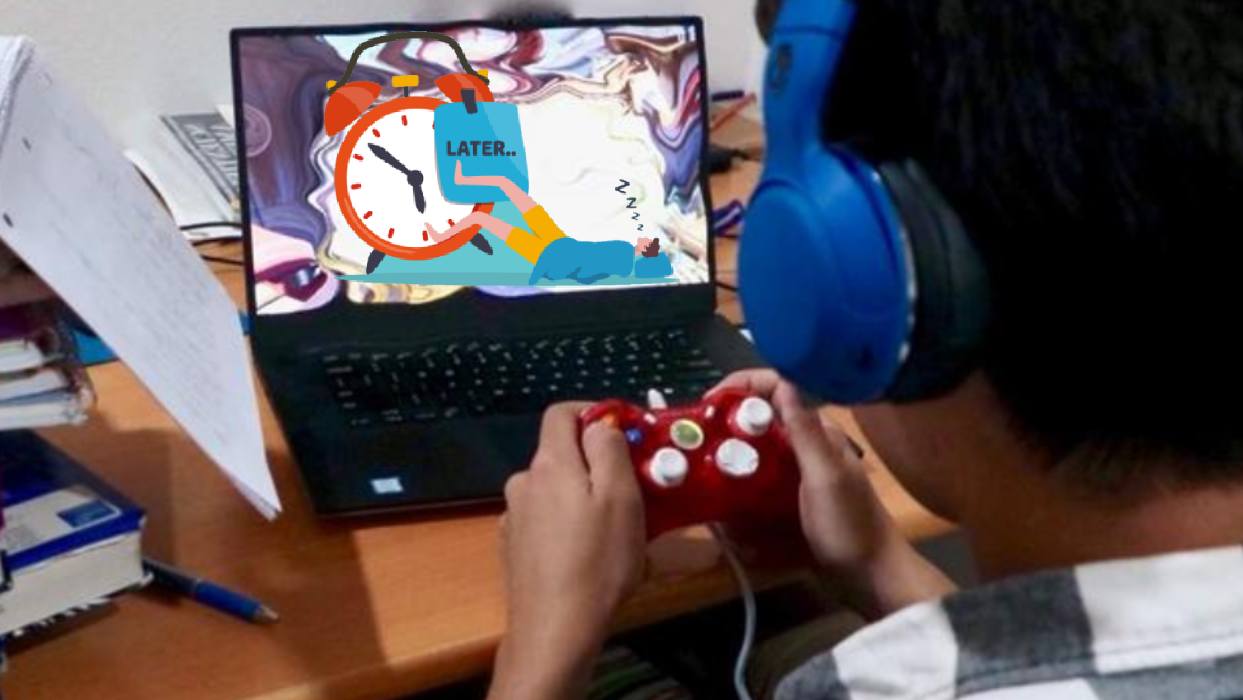Part 1: Exploring Online Platforms to Sell Your Art
Selling art online has become a popular and accessible way for artists to reach a global audience. Platforms like Etsy and Facebook offer easy-to-use tools for showcasing and selling artwork. On Etsy, artists can create listings for their pieces. They benefit from the platform’s established reputation. The platform charges a percentage of each sale. Alternatively, you can create a Facebook Business Page. It provides a free way to display your work. You can receive feedback and sell directly without commission fees. For full-time artists, setting up a personal website may be a wise investment. It eliminates third-party commissions. It also allows complete creative control over how your art is presented. These online options make it possible for artists to connect with buyers and promote their work effectively.
Part 2: Showcasing Your Art in Galleries and Libraries
Local galleries and libraries are excellent venues for displaying and selling your art. Many community-driven galleries have been established by groups of artists who couldn’t afford individual gallery spaces. These collaborative spaces often operate on a volunteer basis, charging minimal membership fees and small monthly costs per piece displayed. For example, the gallery I belong to charges just £5 annually for membership and £1 per painting per month. Artists gain exposure to a steady stream of visitors. Sales earn them 85% of the profits after a modest 15% commission. Similarly, libraries frequently host art exhibitions, offering free or low-cost opportunities to showcase paintings. My first exhibition at a local library led to two quick sales. This experience boosted both my confidence and visibility as an artist.
Part 3: Creative Opportunities in Cafes and Public Spaces
Cafes and public spaces provide unique opportunities to display and sell art. After gaining confidence from consistent sales, I arranged to exhibit four paintings in a seaside café. We agreed on a 25% commission for the café owner, which incentivizes them to promote my work. This arrangement helps generate income. It also serves as a promotional tool. Patrons spend time admiring the artwork during their visit. Even if customers don’t purchase immediately, repeated exposure increases the likelihood they’ll remember your name or style. Choosing subjects that resonate with the local area—such as scenic views—can further enhance appeal and attract potential buyers.
Part 4: Participating in Craft Shows and Fairs
Craft shows and fairs are vibrant events where handmade goods, including art, are highly valued. I participate in a Christmas Craft Fair held annually in November, attracting over 30,000 visitors across four days. Shoppers attending these events typically expect to spend generously, especially when searching for unique holiday gifts. Similar opportunities exist throughout the year. These include Easter and summer fairs. However, participating once annually has proven sufficient for my needs. These events allow artists to interact directly with customers, build relationships, and gain valuable insights into market preferences. While it requires effort to prepare and attend, the financial rewards and networking opportunities make it worthwhile.
Part 5: Combining Strategies for Long-Term Success
Artists should combine multiple strategies for selling their art. They should also consider strategies for promoting their work. Online platforms like Etsy and Facebook provide global reach. Physical spaces such as galleries, libraries, cafes, and craft fairs foster local connections. Each method offers distinct advantages—for instance, online sales let you retain more profit, whereas in-person displays create memorable impressions. Additionally, building a strong portfolio through participation in exhibitions and fairs enhances credibility and attracts repeat customers. By diversifying your approach and staying adaptable, you can steadily grow your art business and achieve long-term success.
Summary: A Pathway to Artistic Success
Promoting and selling art involves leveraging various channels, both online and offline. Platforms like Etsy and Facebook help artists to reach wider audiences. Meanwhile, galleries and libraries provide traditional yet effective exposure avenues. Displaying art in cafes and participating in craft fairs further expands opportunities to connect with buyers. By combining these strategies, artists can increase visibility, build relationships, and sustain their creative careers. Whether you’re a hobbyist or a full-time professional, explore diverse ways to share your art. This approach ensures continued growth. It also leads to success in the competitive art market.











Leave a Reply